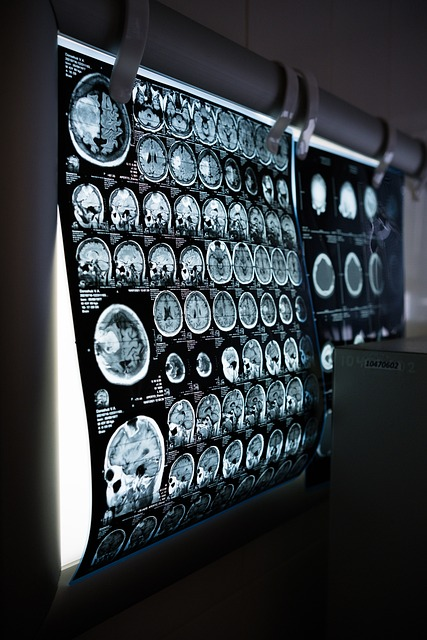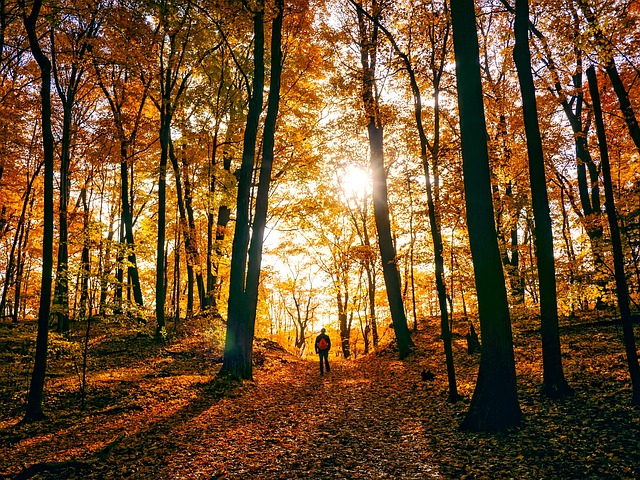Dec 19, 2023
The role of travel nurses has become even more crucial in recent years, particularly during the COVID-19 pandemic. The flexibility and expertise offered by travel nurses has been instrumental in addressing staffing shortages and ensuring quality patient care across healthcare facilities nationwide. However, the ever-evolving healthcare landscape brings with it new rules and laws that travel nurses must navigate to maintain compliance and protect their rights.
Tax Implications for Travel Nurses
The 2022 Tax Cuts and Jobs Act brought about significant changes for travel nurses in terms of tax deductions and stipends. Previously, travel nurses could claim deductions for travel-related expenses such as meals, lodging, and transportation. However, these deductions are no longer available at the federal level. Additionally, the rules surrounding tax-free stipends have become more complex, requiring careful consideration of a travel nurse's permanent tax home and duplicate expenses.
Regulatory Changes Affecting Travel Nurse Agencies
In recent years, several states have enacted or proposed legislation to regulate travel nurse agencies. These changes aim to address concerns about transparency, fair compensation, and accountability within the travel nursing industry. Some states have mandated that agencies disclose their fees and compensation structures, while others have implemented measures to protect travel nurses from unfair practices such as wage-cutting and contract termination without cause.
Impact on Travel Nurse Compensation and Benefits
The changing regulatory landscape is likely to have a significant impact on travel nurse compensation and benefits. While some states are pushing for increased transparency and fair compensation practices, others may impose regulations that could limit the earning potential of travel nurses. Additionally, the rising cost of healthcare and the ongoing demand for travel nurses could lead to changes in benefits packages and stipends.
Staying Informed and Advocating for Rights
Travel nurses should stay informed about new rules and laws affecting their profession by regularly checking with state nursing boards, professional organizations, and travel nurse agencies. Additionally, becoming involved in advocacy groups and participating in professional networking opportunities can provide travel nurses with a platform to voice their concerns and influence regulatory decisions.
As the healthcare landscape continues to evolve, travel nurses must adapt to new rules and laws while advocating for their rights and fair compensation. By staying informed and actively engaging in professional development and advocacy efforts, travel nurses can ensure that their valuable contributions to the healthcare system are recognized and supported.









